Indigenous Governance Database
Leadership
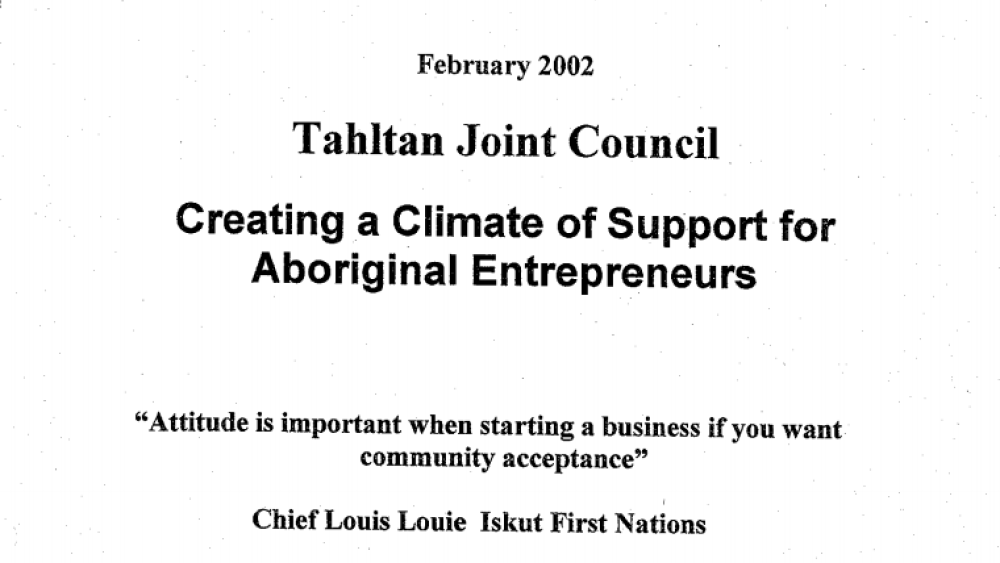
Creating a Climate of Support for Aboriginal Entrepreneurs
Three First Nations communities formed a partnership with SFU to investigate ways to create a supportive environment for Aboriginal entrepreneurs. This project followed the Western Diversification/Simon Fraser University study (2001) on the information and service needs of Aboriginal entrepreneurs…
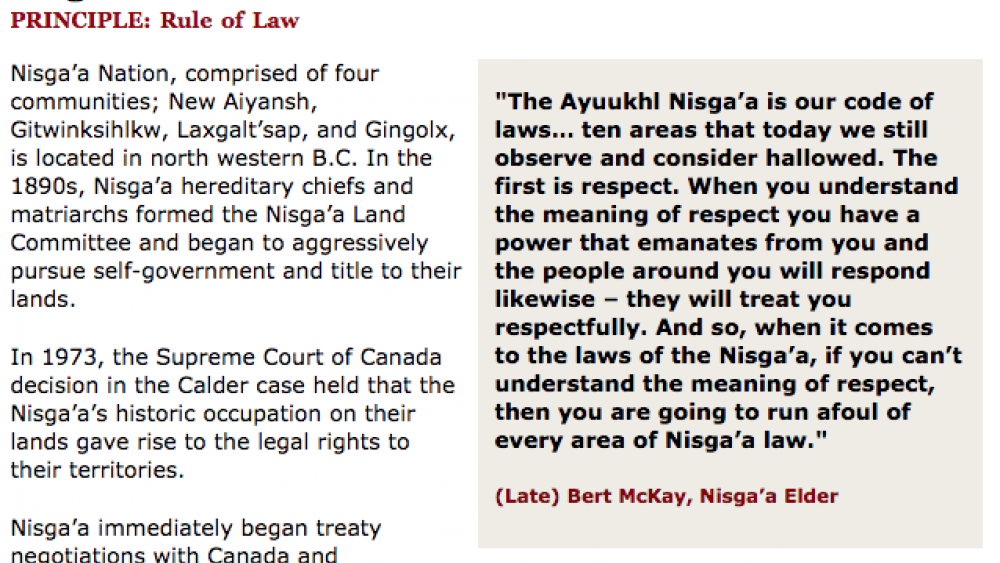
Best Practices Case Study (Rule of Law): Nisga'a Nation
Nisga'a Nation, comprised of four communities; New Aiyansh, Gitwinksihlkw, Laxgalt'sap, and Gingolx, is located in northwestern B.C. In the 1890s, Nisga'a hereditary chiefs and matriarchs formed the Nisga'a Land Committee and began to aggressively pursue self-government and title to their lands. In…
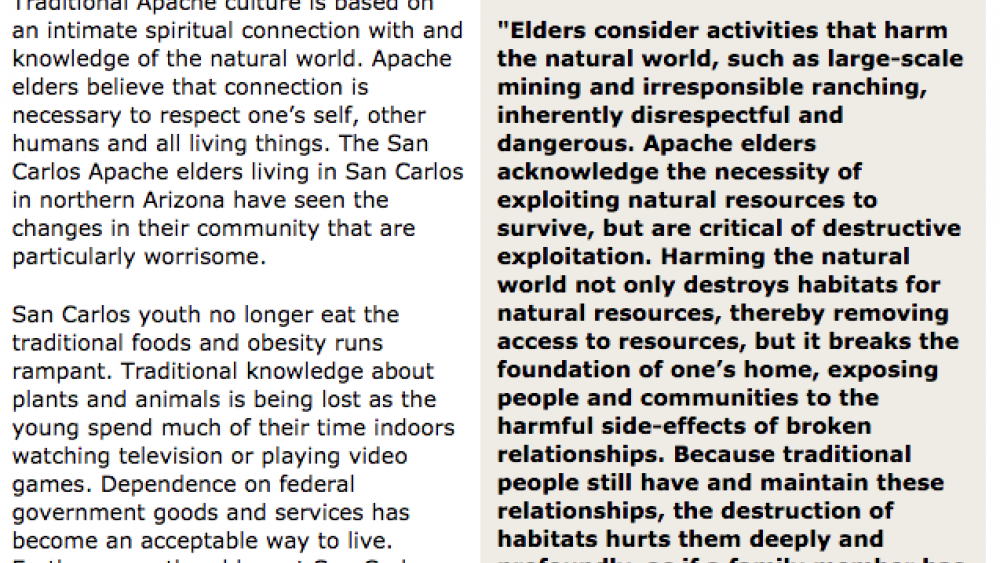
Best Practices Case Study (Cultural Alignment of Institutions): San Carlos Apache
Traditional Apache culture is based on an intimate spiritual connection with and knowledge of the natural world. Apache elders believe that connection is necessary to respect one’s self, other humans and all living things. The San Carlos Apache elders living in San Carlos in northern Arizona have…
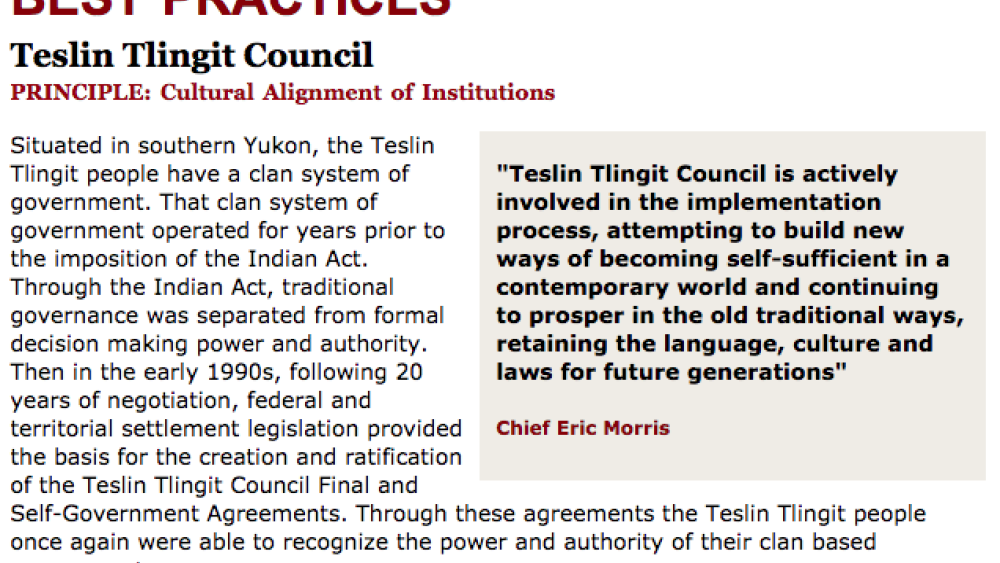
Best Practices Case Study (Cultural Alignment of Institutions): Teslin Tlingit Council
Situated in southern Yukon, the Teslin Tlingit people have a clan system of government. That clan system of government operated for years prior to the imposition of the Indian Act. Through the Indian Act, traditional governance was separated from formal decision-making power and authority. Then in…
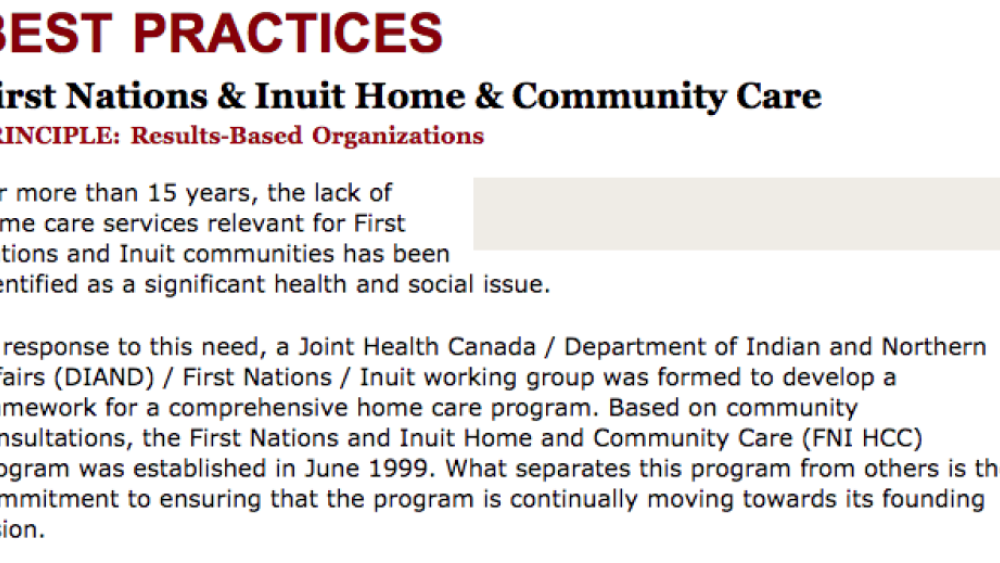
Best Practices Case Study (Results-Based Organizations): First Nations & Inuit Home & Community Care
For more than 15 years, the lack of home care services relevant for First Nations and Inuit communities has been identified as a significant health and social issue. In response to this need, a Joint Health Canada / Department of Indian and Northern Affairs (DIAND) / First Nations / Inuit working…
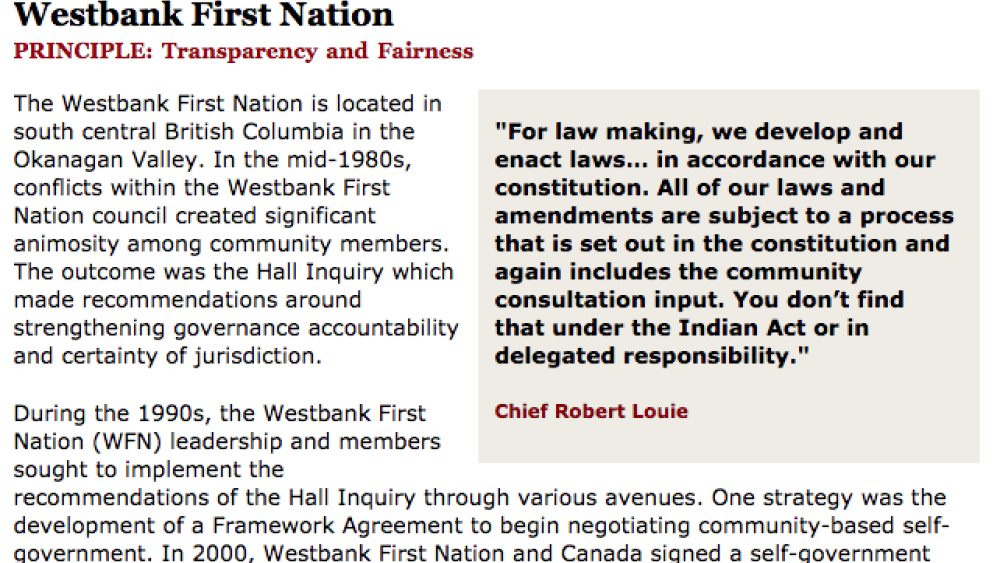
Best Practices Case Study (Transparency and Fairness): Westbank First Nation
The Westbank First Nation is located in south-central British Columbia in the Okanagan Valley. In the mid-1980s, conflicts within the Westbank First Nation council created significant animosity among community members. The outcome was the Hall Inquiry which made recommendations around strengthening…
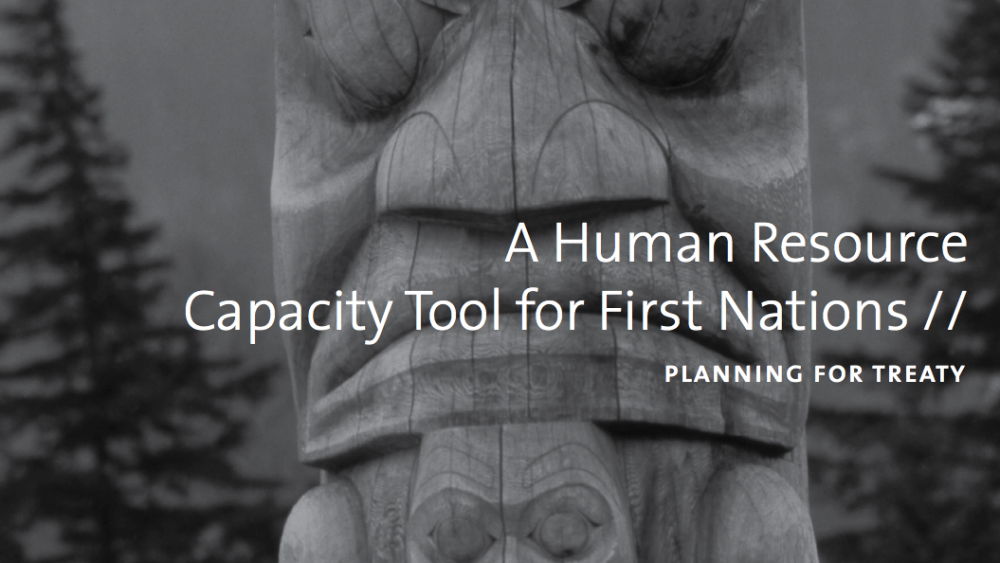
A Human Resource Capacity Tool for First Nations
This tool was developed by the British Columbia Treaty Commission (BCTC) to assist BC First Nations who are working through the treaty process with their Human Resource (HR) planning. It responds to a growing need for a practical, efficient tool for First Nations with diverse sets of priorities,…
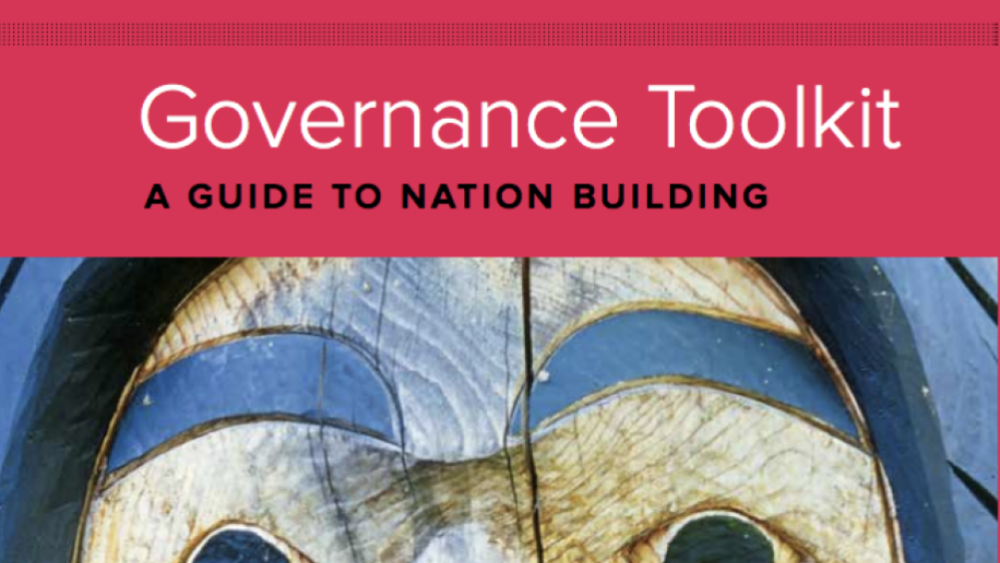
British Columbia Assembly of First Nations Governance Toolkit: A Guide to Nation Building
The BCAFN is pleased to present the first edition of the BCAFN Governance Toolkit: A Guide to Nation Building in accordance with our Building on OUR Success action plan and the first pillar of that plan, "Strong and Appropriate Governance." The Toolkit is a comprehensive guide intended to assist…
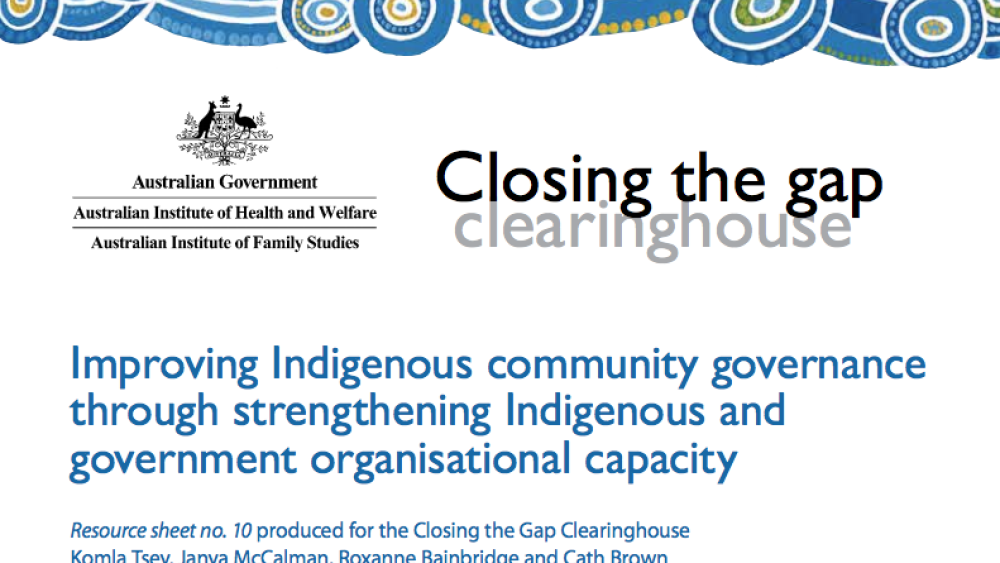
Improving Indigenous community governance through strengthening Indigenous and government organisational capacity
Strengthening the organisational capacity of both Indigenous and government organisations is critical to raising the health, wellbeing and prosperity of Indigenous Australian communities. Improving the governance processes of Indigenous organisations is likely to require strengthening of Indigenous…
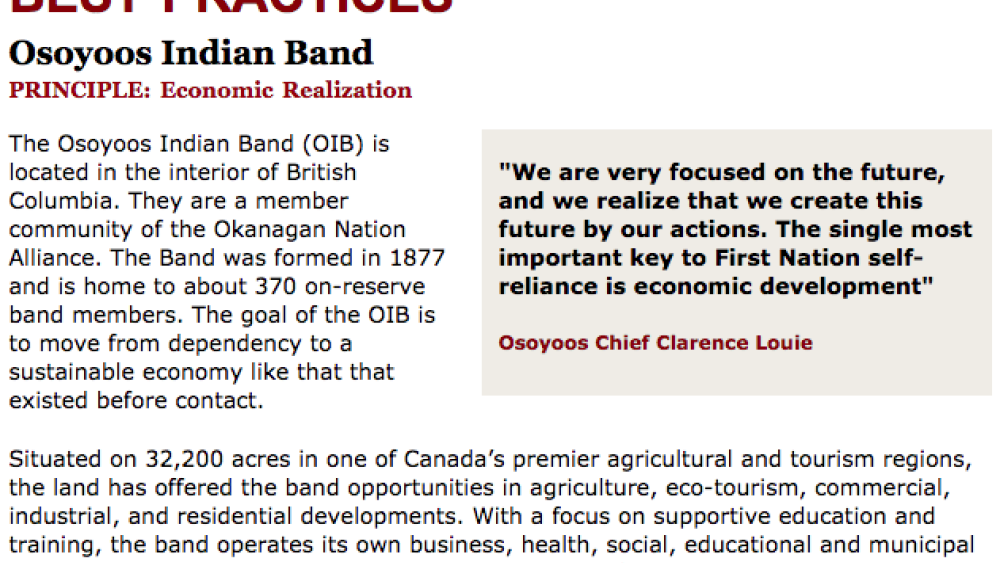
Best Practices Case Study (Economic Realization): Osoyoos Indian Band
The Osoyoos Indian Band (OIB) is located in the interior of British Columbia. They are a member community of the Okanagan Nation Alliance. The Band was formed in 1877 and is home to about 370 on-reserve band members. The goal of the OIB is to move from dependency to a sustainable economy like that…
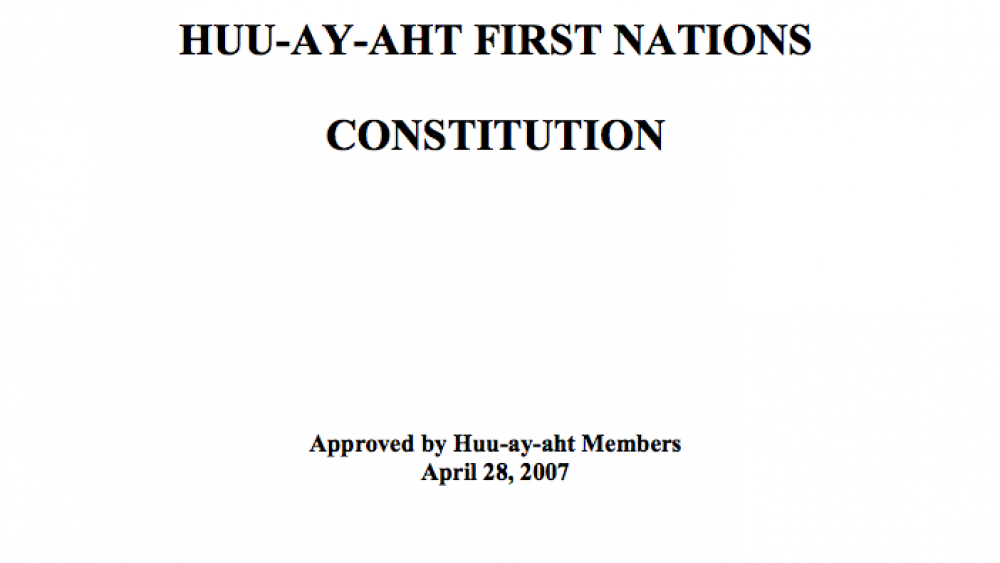
Huu-Ay-Aht First Nations Constitution
We, the people of Huu-ay-aht, by this Constitution declare our unique identity as a Nation and claim our rightful place as equal participants in Canadian society. We have existed from time immemorial and have occupied and used the lands, waters and resources of our traditional territory throughout…
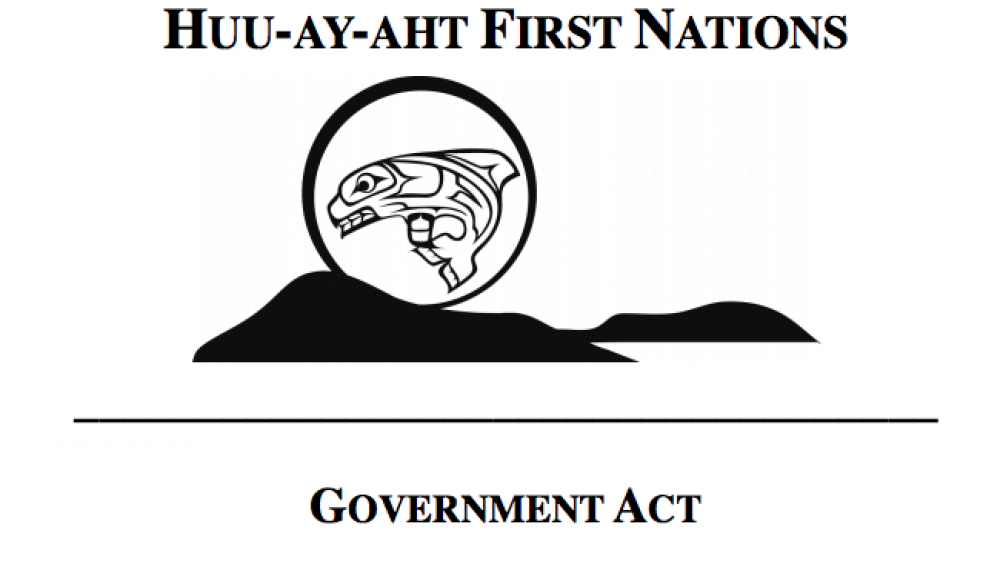
Huu-ay-aht First Nations Government Act
The Government Act sets out the legal framework for the Huu-ay-aht government which includes the following branches: the Legislature, Executive Council, the Ha’wiih Council, and the People’s Assembly.
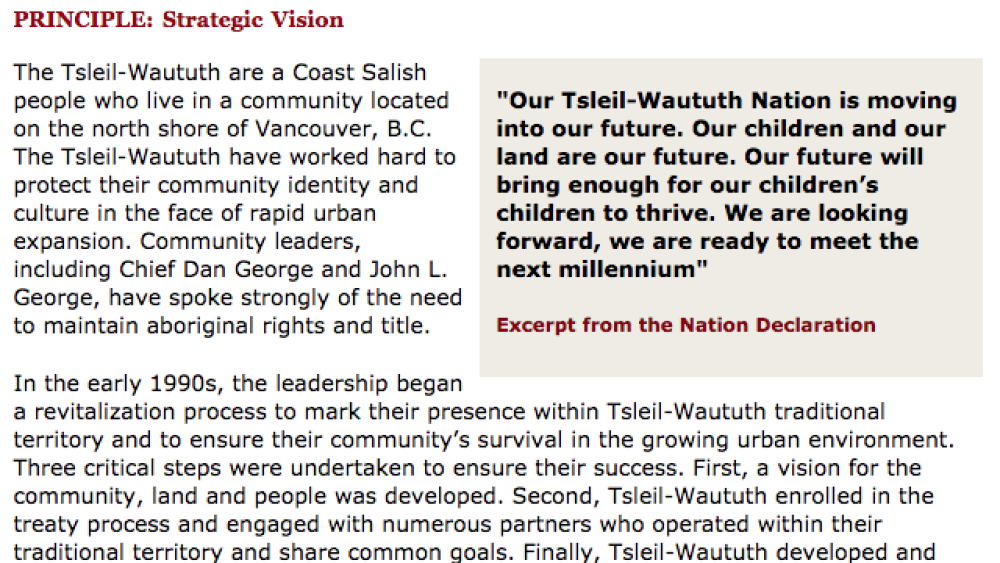
Best Practices Case Study (Strategic Vision): Tsleil-Waututh Nation
The Tsleil-Waututh are a Coast Salish people who live in a community located on the north shore of Vancouver, B.C. The Tsleil-Waututh have worked hard to protect their community identity and culture in the face of rapid urban expansion. Community leaders, including Chief Dan George and John L.…
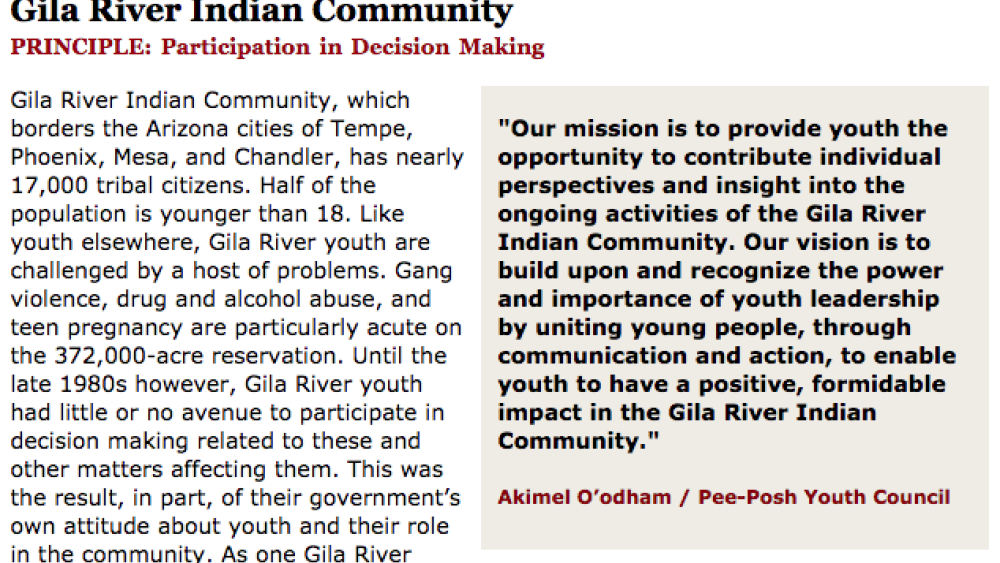
Best Practices Case Study (Participation in Decision Making): Gila River Indian Community
Gila River Indian Community, which borders the Arizona cities of Tempe, Phoenix, Mesa, and Chandler, has nearly 17,000 tribal citizens. Half of the population is younger than 18. Like youth elsewhere, Gila River youth are challenged by a host of problems. Gang violence, drug and alcohol abuse, and…
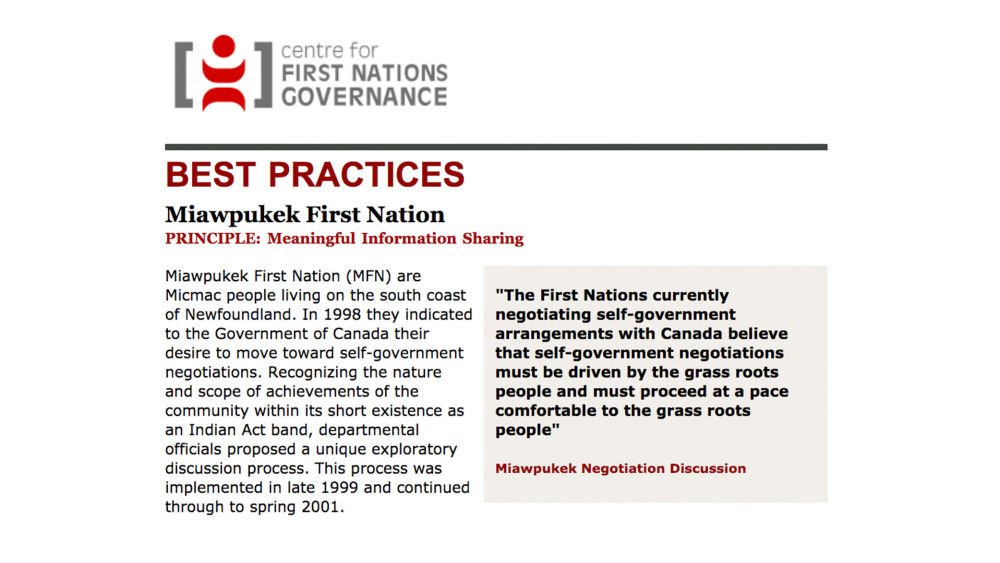
Best Practices Case Study (Meaningful Information Sharing): Miawpukek First Nation
Miawpukek First Nation (MFN) are Micmac people living on the south coast of Newfoundland. In 1998 they indicated to the Government of Canada their desire to move toward self-government negotiations. Recognizing the nature and scope of achievements of the community within its short existence as an…
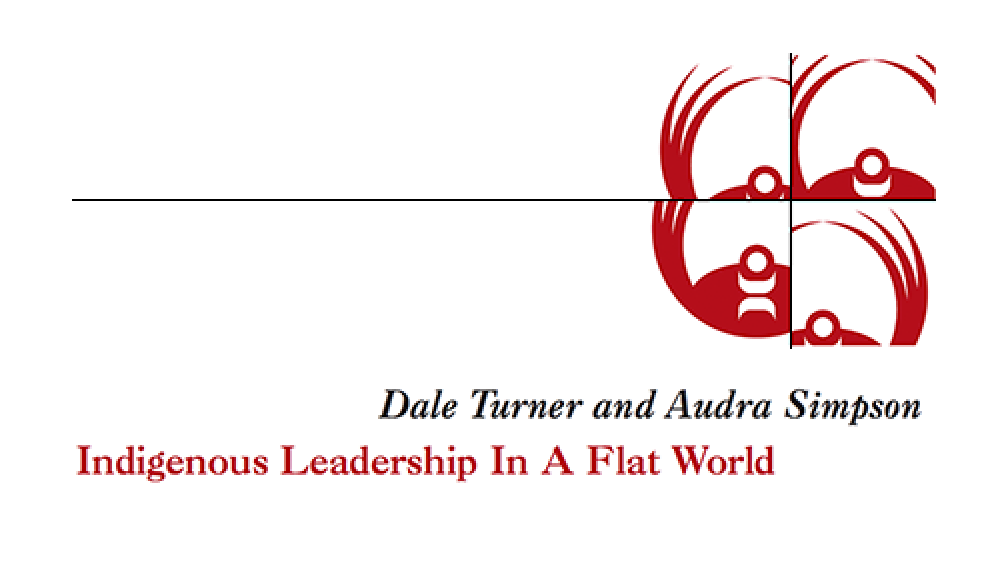
Indigenous Leadership in a Flat World
The world is flat, so we are now told. In his recent book The World is Flat: A Brief History of the Twenty-First Century, Thomas Friedman argues that since the beginning of the Twentieth century globalization has evolved at an astronomically fast rate. As a result, the world is now inter-connected…
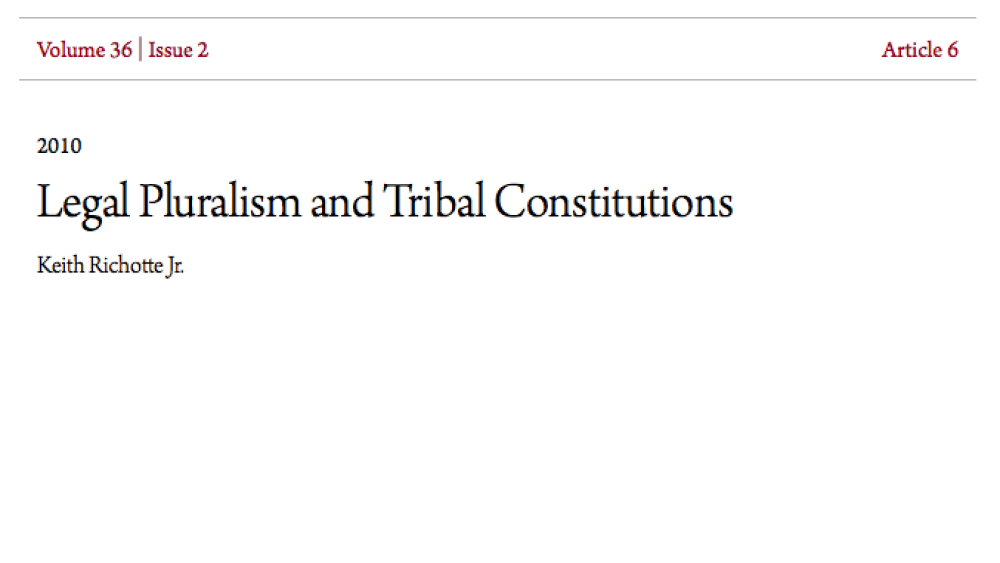
Legal Pluralism and Tribal Constitutions
What do pigs roaming the streets of New York City during the first half of the nineteenth century and tribal constitutions have in common? The most obvious (and often the most correct) answer is, undoubtedly, “absolutely nothing.” However, tribal advocates, particularly those concerned with the…
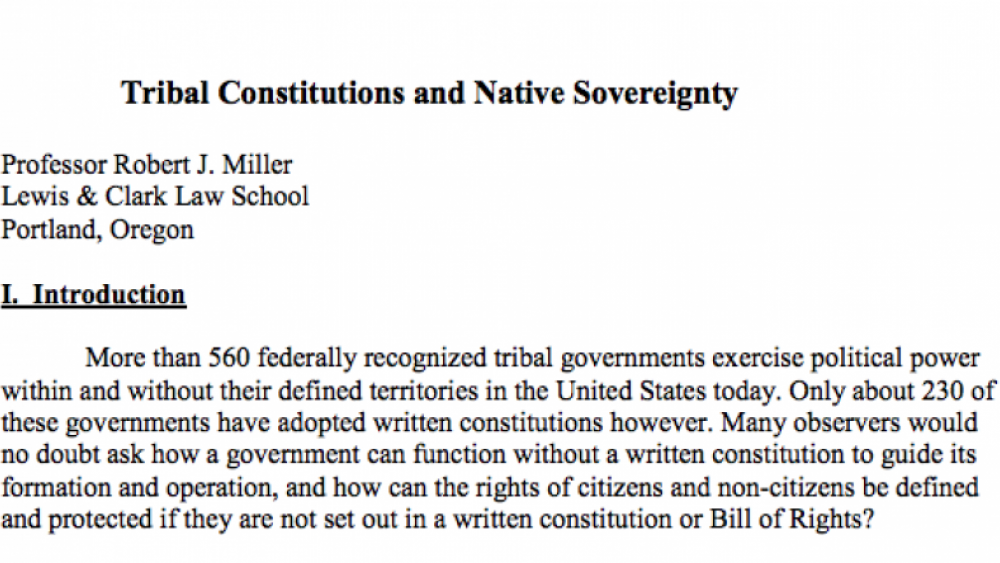
Tribal Constitutions and Native Sovereignty
More than 565 Indigenous tribal governments exercise extensive sovereign and political powers within the United States today. Only about 230 of the native communities that created these governments, however, have chosen to adopt written constitutions to define and control the political powers of…
Pagination
- First page
- Previous page
- …
- 6
- 7
- 8
- 9
- 10
- 11
- 12
- 13
- 14
